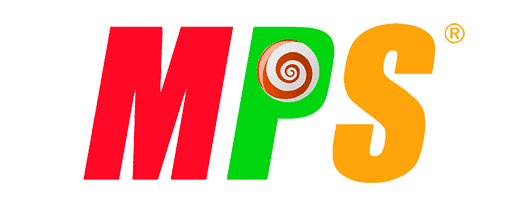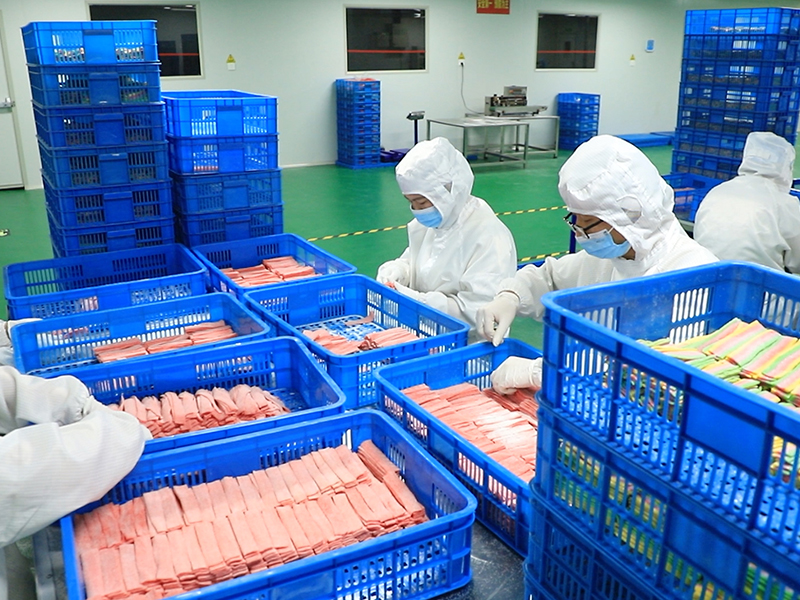Gummy candies are no longer just kid-friendly sweets. The gummy industry of today is a competitive field with a wide range of formats, technology, and functionals. As demand grows worldwide, attention is now focused on the format and process that really makes a gummy successful.
Advanced functions and plant-based substitutes are at the forefront. It alters visual appeal, texture, and structure. Gummy innovation necessitates creativity and knowledge to meet customer experiences. This article examines the manufacturing of gummies, including vitamin square and gummy bears.

The Gummy Format Environment: Eight Structures We Create
1. Classic Gelatin Gummies
Structure: Gelatin derived from animals has an elastic, chewy texture. They provide the mouthfeel and nostalgic “bounce” of classic gummy bears. A few critical observations –
- For a smooth flavor release, thermoreversible gelation melts at body temperature.
- Clarity and firmness are guaranteed by high bloom gelatin (150–250).

2. Pectin/Vegan Gummies
Structure: It uses plant-based gelling agents, such as agar or pectin, in place of gelatin. Your bite will be cleaner and softer, and the flavor clarity will be improved. Important observations include –
- Fifty percent of consumers prefer pectin gummies because of their smooth texture.
- Perfect for kosher, halal, and vegan markets
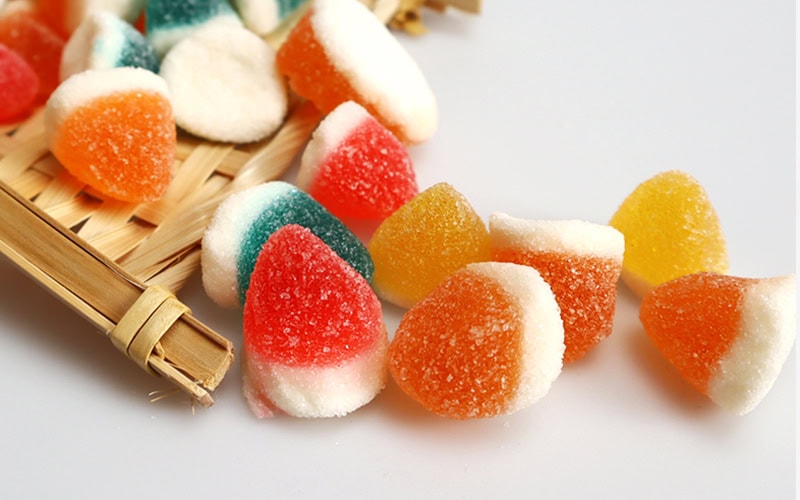
3. Functional Gummies
Structure: The products are defined by their active ingredients, which may include vitamins, collagen, CBD, or adaptogens. They offer indulgence along with health advantages. The best insights –
- By 2033, the global functional gummy market is expected to grow at a compound annual growth rate of 8.4% to reach $9.12 billion.
- Omega-3, probiotic, and vitamin gummies are popular forms.

4. 4D Molded Gummies
Structure: Fruits, animals, and automobiles are examples of intricate 3D shapes. They add novelty and playfulness, making them perfect for kids and themed gifting. A few essential observations –
- “4D” = 3D + Delicious; combines shape, flavor, and texture.
- Favored by Gen Z due to its social media appeal and sensory engagement.
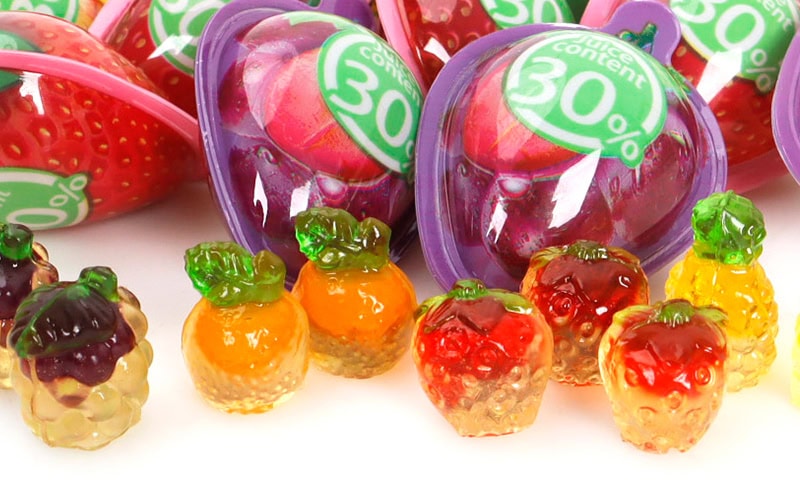
5. Peeled Gummies
Structure: Peelable fruit-shaped gummy candies. The immensely popular version has a layered texture and a flavorful explosion. Among the noteworthy findings are –
- Separation of heat- or pH-sensitive active ingredients.
- Probiotics and other temperature-sensitive ingredients are supported by Fill-G™ technology.
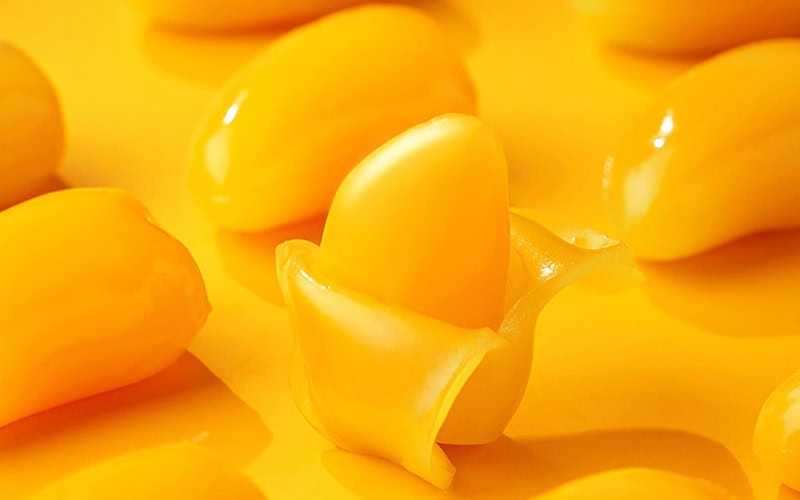
6. Jam-Filled Gummies
Structure: A fruit-based jam or puree sits inside a gummy exterior. They blend authentic fruit flavor with chewy and smooth textures. A few observations –
- Peach, sour cherry, and strawberry are popular flavors.
- Consumer excitement is fueled by seasonal variations.
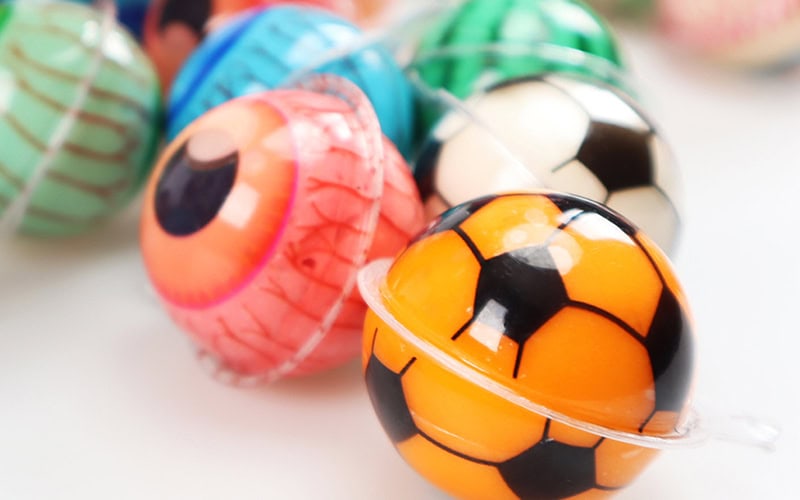
7. Hybrid Textures
Structure: It blends several layers or gelling agents (soft + firm or aerated + chewy). With contrast in bite and flavor release, the structure produces a multisensory experience. Important realizations –
- Aerated and conventional gummy textures are combined in Layer-G™ technology.
- GummieX™ allows for texture customization and heat resistance for international shipping.
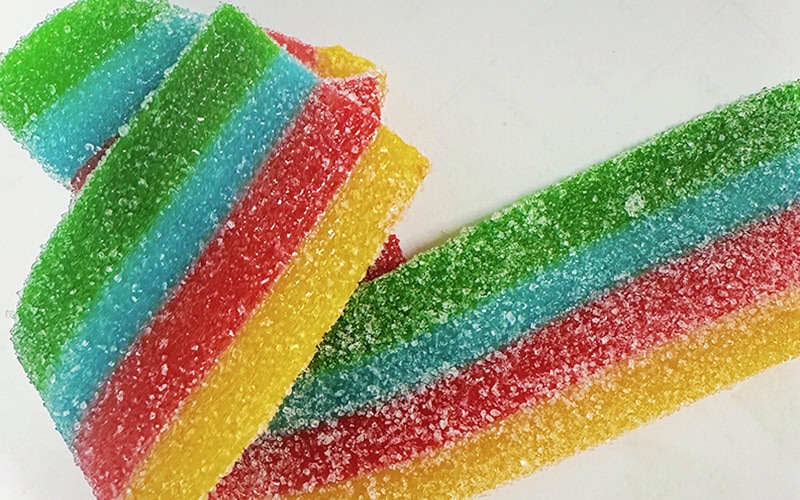
8. Custom Gummy Candy Formats
Structure: To fit brand identity, they’ve customized fillings, active ingredients, colors, and shapes. Brand recall, emotional connection, and personalization are all improved. Important realizations –
- Custom shapes improve sensory alignment (apple-shaped gummies for apple flavor).
- Premium branding is supported by bi-layer formats and embossed logos.

What Affects Texture, Shelf Life, and Market Fit in Ingredient Systems?
1. Technical Distinctions Between Starch, Agar, Pectin, and Gelatin
| Gelling Substance | Source | Profile of Textures | Resistance to Heat | Transparency | Adapted Labels |
|---|---|---|---|---|---|
| Gelatin | Animal collagen (bovine/pork) | Elastic, chewy, bouncy | Low (melts at ~35°C) | High clarity | Not suitable for vegan, halal, or kosher |
| Pectin | Fruit-derived (apple/citrus) | Soft, clean bite | High (sets at ~80°C) | Moderate clarity | Vegan, halal, kosher, clean-label |
| Agar | Seaweed (red algae) | Firm, brittle | Very high (sets at ~40°C, melts at ~85°C) | High clarity | Vegan, halal, kosher |
| Starch | Corn, potato, tapioca | Dense, gummy, chewy | Moderate | Low clarity | Vegan, halal, kosher |
At body temperature, thermoreversible gelatin melts and releases flavor smoothly. Pectin needs high solids (>60%) and an acidic pH (2.8–3.5) in order to gel. It’s perfect for fruity and functional gummies.
For greater shelf stability, irreversible agar sets can be set without refrigeration. With heat-sensitive properties, vegan gummies replicate the bounce of gelatin thanks to modified starches like CLEARGUM® LG 7015.

2. Impact on the Senses: Taste, Texture, and Transparency
Because pectin and agar have neutral flavor profiles, the active vitamins, turmeric, and ginger can be highlighted without flavoring agents. Agar and gelatin provide excellent clarity. Moderate clarity is provided by pectin, which is frequently enhanced with natural colorants like spirulina or beetroot.
Since gelatin melts at about 35°C, it’s not appropriate for shipping via e-commerce. Agar and pectin are perfect for worldwide distribution as they can tolerate up to 85°C. Utilizing polyols (erythritol, maltitol) enhances moisture retention and inhibits the growth of microorganisms.
Prebiotics that promote gut health and stabilize texture include xylooligosaccharides (XOS) and inulin. 90% of the active ingredient was still present in gummies enhanced with mountain germander extract. After two months, they are shaped using a pectin-agar blend at 37°C.
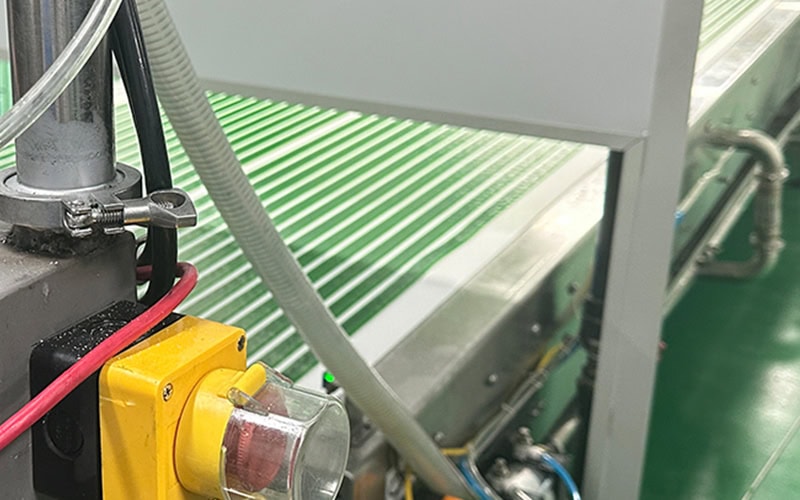
3. Market-Specific Compliance Requirements
- Halal Certification: Demands that ingredients derived from animals be traceable, segregated, and slaughtered using approved techniques.
- Vegan Certification: Animal testing is avoided, and plant-based sourcing is the primary focus.
- Formulation Without Sugar: Common ingredients include erythritol, stevia, and maltitol; pectin systems manage polyols effectively without sacrificing gel strength.
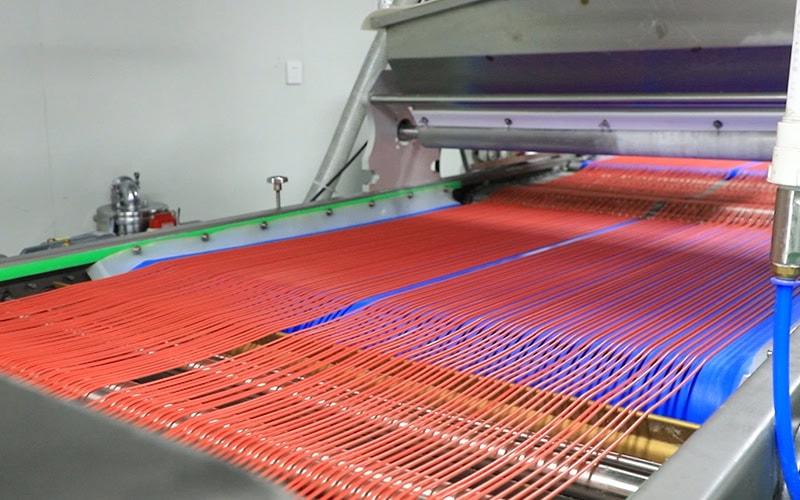
4. Important Lessons for Manufacturers
- Gelling agents for market fit include starch for economical bulk, agar for heat resistance, and pectin for clean-label and vegan products.
- Before scaling up, it is imperative to validate ingredient interactions (calcium disrupting pectin gel) through pilot testing.
- Labeling matters: Consumer trust is fueled by certification logos (NSF, Halal, Vegan), transparency, and allergen-free claims.
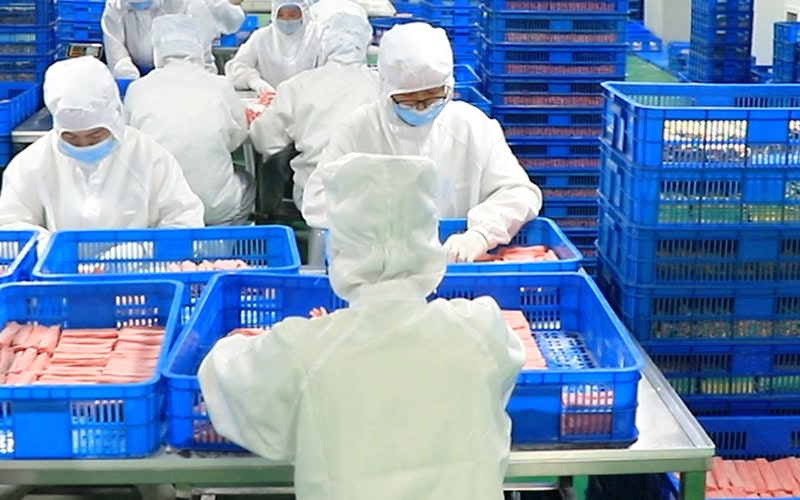
How Are Complex Shapes Engineered in Molded, Layered, and 4D?
1. Creating Structures with Multiple Layers and Colors
Advanced molding and layering techniques that blend aesthetic appeal with functional precision are used to create 4D gummy candy and custom gummy candy formats. Important methods –
- Multi-color deposition: Servo-controlled multi-head depositors fill mold cavities with syrups of various colors.
- Layered molding: It’s the process of pouring various gummy bases (gelatin and pectin) one after the other while carefully cooling in between.
- Character modeling: Complex shapes like animals, cars, or licensed characters can be created using CAD-based mold design.
Material Considerations
- Color separation: Stable pH and viscosity are necessary in order to stop layer bleeding.
- Flavor zoning: Different flavors (lemon base, strawberry top) can be carried by each layer.
- Transparency control: Pectin gives a matte finish; clear gelatin allows for visual layering.
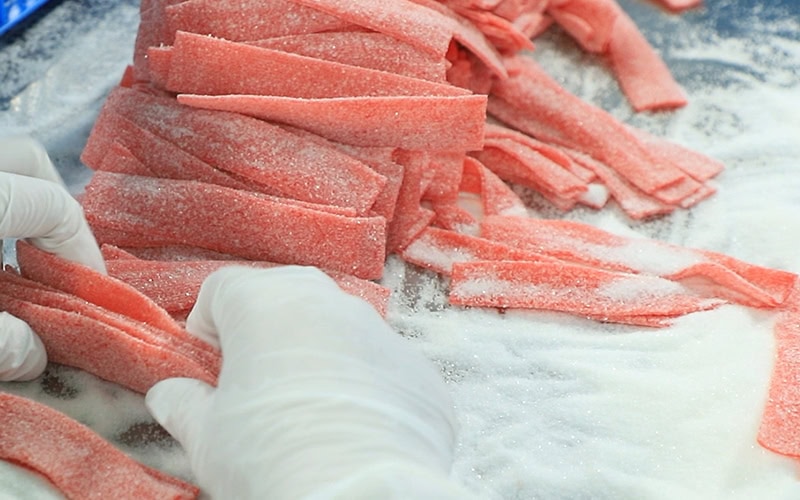
2. Design → Prototyping → Production Process
- Design Phase: To achieve exact control over cavity depth, curvature, and fill volume, shapes are digitally sculpted using SolidWorks or Rhino. Brand guidelines are used to model licensed characters, such as anime mascots and Santa.
- Phase of Prototyping: Prior to full-scale production, mold testing is made possible by rapid prototyping (3D printing) using food-safe resin. Mock gelatin blends are used in prototypes to mimic chew resistance and visual gloss (textures).
- Production Phase: Clean multilayer fills free of cross-contamination are made possible by starchless depositing. Fill speed, temperature, and viscosity can all be precisely controlled with servo-driven depositors. Each layer sets independently and without deformation thanks to multi-zone cooling.
- Quick Customization: By utilizing modular mold trays and 3D prototyping, lead times for custom molds can be shortened to two to three weeks. With little tooling change, brands can introduce seasonal SKUs, which are perfect for agile marketing.
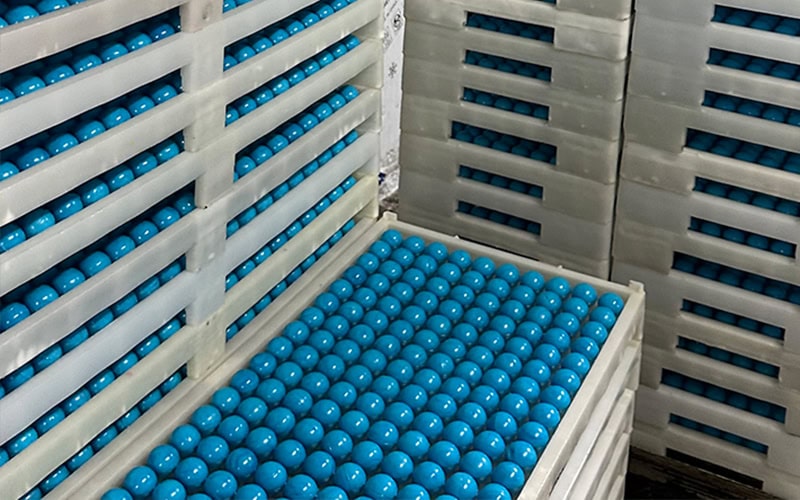
3. Application Scenarios
- Seasonal and Holiday Themes: 4D come with themed packaging and buildable gummy blocks with candy canes. For eerie campaigns, Halloween gummies featuring 4D fangs, eyeballs, and pumpkins are popular.
- Hot Products on the Gift Channel: Gummy block sets or buildable kits that come with gloves and assembly cards make excellent presents. Seasonal gift tins, theater boxes, and resealable pouches improve shelf appeal.
- Authorized Characters: Licensed molds are used to create 3D gummy versions of Disney, Marvel, and anime characters. They need mold fidelity, IP approval, and brand-standard packaging.

Filled Gummies: From Liquid Core to Jam-Centre Innovations
Center-filled gummies are transforming the confectionery and nutraceutical landscape. They combine sensory delight with functional delivery systems. A burst of jam, swirl of chocolate, or dose of vitamins – these gummies offer a dual-texture experience.
1. Structure of Core Filling Equipment and Process Points
Equipment Structure
- One-shot depositor systems: Shell and core are deposited simultaneously by dual-nozzle technology.
- Starchless molds: Pharmaceutical-grade, sanitary production is made possible by silicone or metal molds.
- Temperature-controlled hoppers: Prevent premature setting and preserve filling viscosity.
Process Parameters
- Temperature (≤ 45°C for filling): Prevents active ingredients from degrading.
- pH (3.5 – 4.5): The ideal pH range for gelation and flavor stability.
- Viscosity (2,000 – 8,000 mPa·s): Facilitates leak-free, smooth deposition.

2. Versatility of Chocolate, Jam, Physalis, and Functional Liquids
- Jam: Mango and strawberry jams are fruit-based and naturally sweet. To stop migration into the shell, they need to be low-moisture and pectin-stabilized.
- Chocolate: To preserve flowability, it needs to be tempered and emulsified. Additional texture contrast is introduced when paired with gelatin-based shells.
- Physalis (Golden Berry): It’s rich in vitamin C and antioxidants. Particularly in functional gummies, they function reasonably well as a puree or concentrate.
- Functional Liquids: Vitamins, probiotics, and herbal extracts are examples of functional liquids. Sensitive active ingredients are shielded from heat and oxidation by encapsulation.
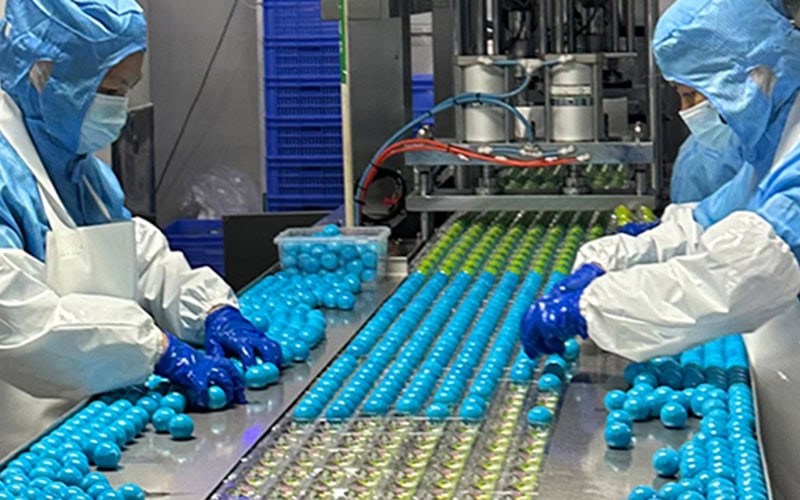
3. Controlling Shelf Life and Packaging
Important Precautions
- Barrier films: Use multilayer materials that are resistant to moisture and oxygen.
- Airtight sealing: Stops changes in water activity that cause microbes to grow.
- Temperature-controlled storage: 20–25°C and less than 40% humidity are the ideal ranges.
- Antioxidant inclusion: Tocopherols or vitamin C in the shell can postpone oxidation.
The shelf life of properly packaged, filled gummies can range from six to twelve months. Encapsulation in casein gel can prolong the potency of vitamin C by reducing its degradation.
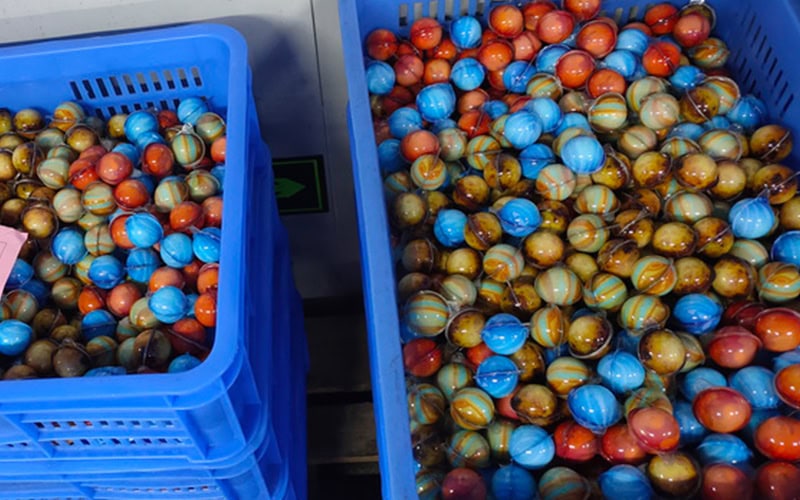
Inside Our Production Lines for Gummy Candy
The production of gummy candy nowadays combines automation, precision, and personalization. Our primary gummy candy manufacturing process consists of three different production lines.
1. Standard Gummy Production Line
It produces traditional gelatin or pectin-based candies in large quantities. Single-color, single-flavor, and functional formulations are supported by the lineup. Important characteristics –
- Servo-driven depositors: Provide accurate dosing into molds with a weight accuracy of ±1%.
- Automated mixing and cooking: Vacuum cookers eliminate air bubbles for clarity and guarantee a consistent syrup consistency.
- Cooling tunnels: Multi-zone systems stop deformation and stabilize texture.
Regarding Quality Control –
- Inline pH monitoring: Maintains optimal gelation (3.2–3.6 pH).
- Brix control: Maintains shelf stability and sweetness (target: 75–78° Brix).
- Vision systems: Recognize irregularities in color and shape.
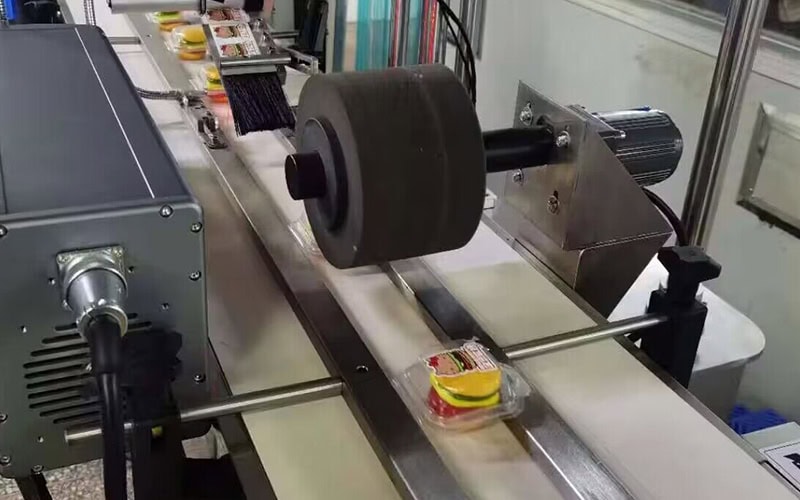
2. Core-Filling Gummy Production Line
Gummies with liquid, jam, or functional cores are part of this specialty line. The technique appears to be perfect for multi-texture formats, high-end confections, and nutraceuticals. Important characteristics –
- One-shot depositor: Shell and core are deposited simultaneously by a dual-nozzle system.
- Temperature-controlled hoppers: Prevent premature setting and maintain core viscosity (2,000–8,000 mPa·s).
- Starchless molds: Guarantee pharma-grade, hygienic manufacturing.
Regarding Quality Control –
- Leakage detection: During cooling, pressure sensors keep an eye on the integrity of the shell.
- Core pH and viscosity checks: Guarantee encapsulation integrity and stop migration.
- Moisture analysis: For shelf stability, aim for 14–18%.
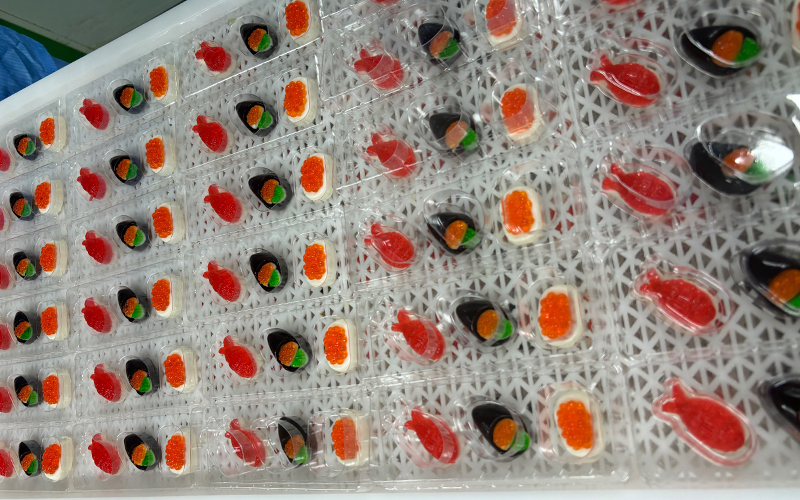
3. 4D Gummy Production Line
It is designed for gummies with multiple layers, colors, and character models. The line is ideal for gift channel exclusives, licensed characters, and holiday intellectual property. Important characteristics –
- Multi-head servo depositors: Allow for up to four color zones per mold.
- CAD-based mold trays: With a tolerance of ±0.1 mm, they accommodate complex 3D shapes.
- Rapid mold change system: Using modular tooling, trays can be switched.
Regarding Quality Control –
- Color separation monitoring: Stops layer bleeding.
- Shape fidelity checks: Check the output from the mold against the CAD reference.
- Texture profiling: It’s ensured by layer contrast (aerated top + chewy base).

4. Overview of Gummy Candy Production Line Comparison
| Type of Line | Everyday Output | Accepted Formats | Remarks |
|---|---|---|---|
| Standard | 5–8 tons | Classic, Pectin, Functional | Fast switching |
| Filled | 3–5 tons | Centred and Jam-Filled | Requires viscosity testing |
| 4D / Custom Mold | 2.5–4 tons | 4D, Shaped Characters | Longer mold lead time |
5. Highlights of Automation, Precision and Compliance
| Feature | Advantage | Integration of Line |
|---|---|---|
| Automation powered by PLCs | Recipe management and error minimization | All lines |
| Mold change in less than 15 minutes | Seasonal responsiveness and SKU agility | Standard, 4D |
| Inline QC sensors | Defect detection in real time | All lines |
| GMP-compliant design | Cleanliness and traceability | Core-filling, 4D |
| CIP Framework | Effective cleaning and management of allergens | Core-filling |
Format × Market Matching: Which Gummy Does Best?
An explanation of the Format × Market Matching Matrix
| Gummy Form | Popular Regions | Target Channels | Seasonal Peaks |
|---|---|---|---|
| Pectin/Vegan | EU, Middle East | Health Stores, Pharmacies | Ramadan, Back to School |
| Functional Gummies | US, Canada, Korea | Drugstores, Amazon | Q1 Wellness Campaigns |
| 4D/Custom Molded | UAE, US, Latin America | Toy Chains, Dollar Stores | Xmas, Children's Day |
| Filled Gummies | South America, GCC | Gifting, Candy Chains | Valentine's, Halloween |
Every format is matched according to:
- Cultural observance (vegan, halal)
- Retail behavior (planned versus impulsive purchases)
- Relevance to the season (gifting, celebration, wellness)
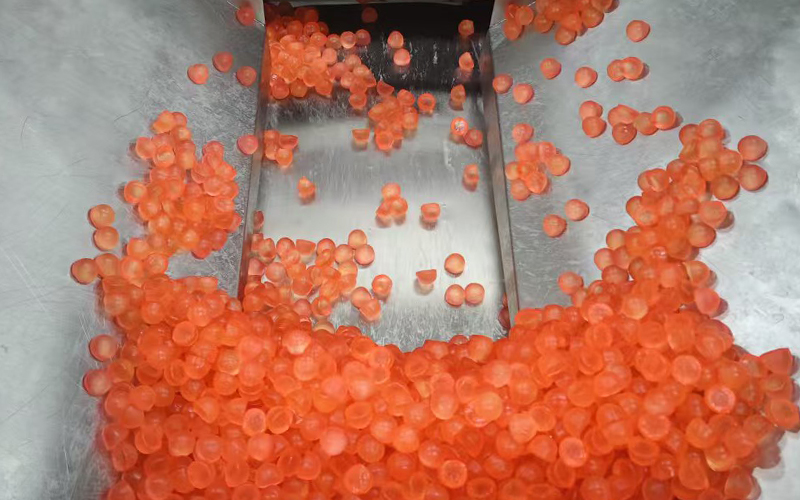
Answers to Frequently Asked Questions (FAQs) by Buyers
1. For private label gummies, what is your minimum order quantity?
Usually, the minimum order quantity is a 20ft container. Depending on the complexity and tooling needs, the MOQ for custom molds may change.
2. Before placing an order, is it possible for me to request samples?
Of course. For standard formulations, we provide free samples; for custom proofing, we charge a small fee. In order to facilitate internal testing, samples include flavor, texture, and packaging mockups.
3. Is it possible to alter the candy’s shape to fit my brand?
Indeed. Logos, mascots, and themed shapes are among the custom molds that we support. We provide CAD-based prototyping for accuracy, and the lead time for mold development is usually two to three weeks.

4. Which label formats are acceptable to you?
AI, PDF, and PSD formats are all accepted. To guarantee adherence to FDA, EU, and GCC regulations (supplement facts, allergen declarations, and barcode placement), our team offers compliance reviews.
5. Do you provide bottles and pouches as mixed packaging formats?
Indeed. We accept resealable pouches, pillow packs, glass jars, and PET bottles. When pallet labeling and SKU separation are done clearly, mixed formats can be packed in the same shipment.
6. Which export documentation are you offering?
We deal with health certificates, Halal, vegan, and sugar-free certifications, MSDS (Material Safety Data Sheet), COAs (Certificate of Analysis), and commercial invoices, packing lists, and bills of lading.
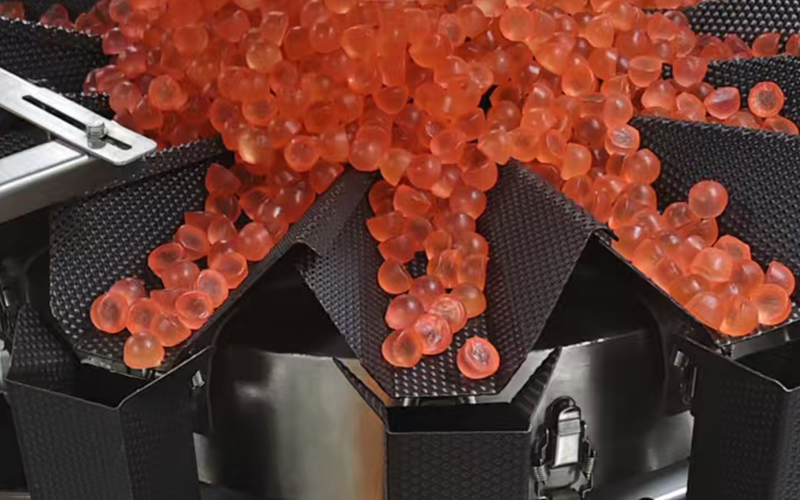
Conclusion
We provide more than just production in all formats, from traditional chew to 4D visual delight. We provide cross-market adaptability, multi-format flexibility, and multi-process accuracy. In any area, market, or time of year, you can confidently launch the desired brand.
Ready to scale your gummy business?
MPS facilitates high-quality output, quick customization, and regulatory compliance. Our experience is prepared to serve as your technical and creative partner from conception to the final product. Get in touch with us for brand alignment, scalability, and a smooth sensory experience.
